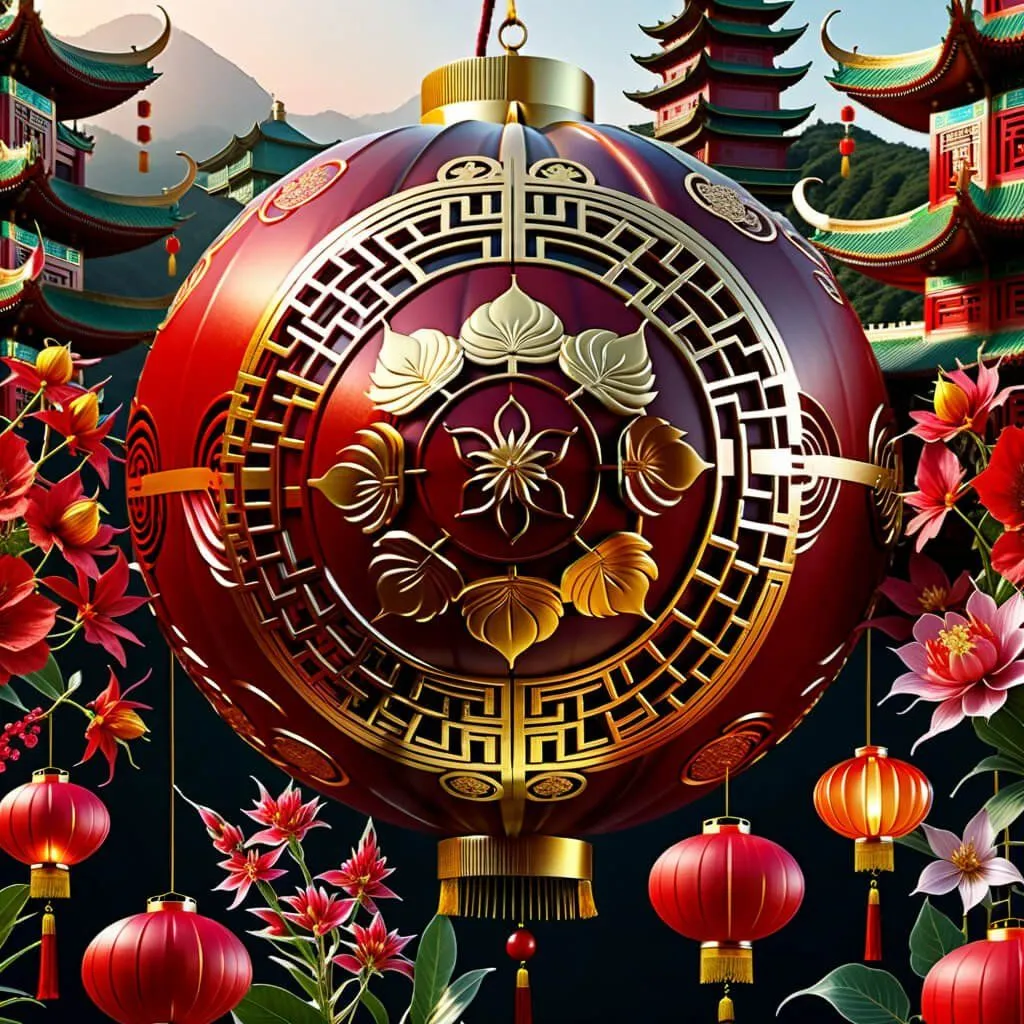Traditions and Customs: A Guide to Chinese Lunar New Year
Chinese Lunar New Year, also known as the Spring Festival, is one of the most important and widely celebrated holidays in Chinese culture. It marks the beginning of the lunar new year and is a time for family reunions, feasting, and honoring ancestors. The festival lasts for 15 days and is filled with various traditions and customs that have been passed down through generations. In this article, we will explore some of the key traditions and customs associated with Chinese Lunar New Year.
The Importance of Chinese Lunar New Year
Chinese Lunar New Year is a time for families to come together and celebrate the start of a new year. It is believed to bring good luck, prosperity, and happiness for the year ahead. The festival is steeped in tradition and symbolism, with each custom holding special significance.
Preparations for Chinese Lunar New Year
Preparations for Chinese Lunar New Year typically begin weeks in advance. Homes are cleaned from top to bottom to sweep away any bad luck from the past year. Red decorations are hung, as red is believed to bring good fortune. Families also stock up on food and gifts to prepare for the festivities.
Traditional Foods
Food plays a central role in Chinese Lunar New Year celebrations. Traditional dishes are eaten to symbolize good luck, prosperity, and happiness. Some popular foods include dumplings, fish, noodles, and rice cakes. Each dish has its own symbolic meaning, such as longevity or wealth.
Red Packets
One of the most beloved customs of Chinese Lunar New Year is the giving of red packets, or hong bao. These small red envelopes are filled with money and given to children and unmarried adults as a symbol of good luck and prosperity for the new year.
Dragon and Lion Dances
Dragon and lion dances are a common sight during Chinese Lunar New Year celebrations. These elaborate performances are believed to ward off evil spirits and bring good luck. The dances are accompanied by loud drums and cymbals, creating a lively and festive atmosphere.
Fireworks and Firecrackers
Fireworks and firecrackers are a staple of Chinese Lunar New Year celebrations. They are believed to scare away evil spirits and bring good luck for the coming year. The loud noises and bright lights are also said to awaken the dragon, bringing rain for a good harvest.
Visiting Family and Friends
During Chinese Lunar New Year, it is customary to visit family and friends to exchange greetings and well-wishes for the new year. This practice strengthens bonds and fosters a sense of community and togetherness.
Reunion Dinner
The reunion dinner, also known as the “nian ye fan,” is one of the most important meals of the year for Chinese families. It is held on the eve of Chinese Lunar New Year and is a time for families to come together and enjoy a lavish feast.
Spring Festival Couplets and Decorations
Spring Festival couplets, or “chun lian,” are decorative scrolls with auspicious phrases written on them. They are hung on doorways to bring good luck and prosperity. Homes are also adorned with lanterns, paper cuttings, and other festive decorations.
The Lantern Festival
The Lantern Festival marks the end of Chinese Lunar New Year celebrations. It is a time for families to enjoy lantern displays, watch lion dances, and eat sweet rice dumplings. The festival is a joyful conclusion to the 15 days of festivities.
Conclusion
Chinese Lunar New Year is a time-honored tradition that brings families together to celebrate the start of a new year. The festival is filled with customs and traditions that have been passed down through generations, each holding special meaning and significance. From cleaning and decorating homes to enjoying festive foods and performances, Chinese Lunar New Year is a time of joy, togetherness, and good fortune.
#Traditions #Customs #Guide #Chinese #Lunar #Year


